Every weekday, The Detail makes sense of the big news stories.
This week, why boutique breweries are falling like dominos, the conservation battles going backwards from budget cuts, the Villa Maria winery saga, India's "high-science, low-cost" space programme that got it to the moon, and the girl power summer that's fueling the economy.
Whakarongo mai to any episodes you might have missed.
Tough times brewing for the craft beer industry
Two well-known New Zealand breweries face an uncertain future and it's put the spotlight on the state of the craft beer industry.
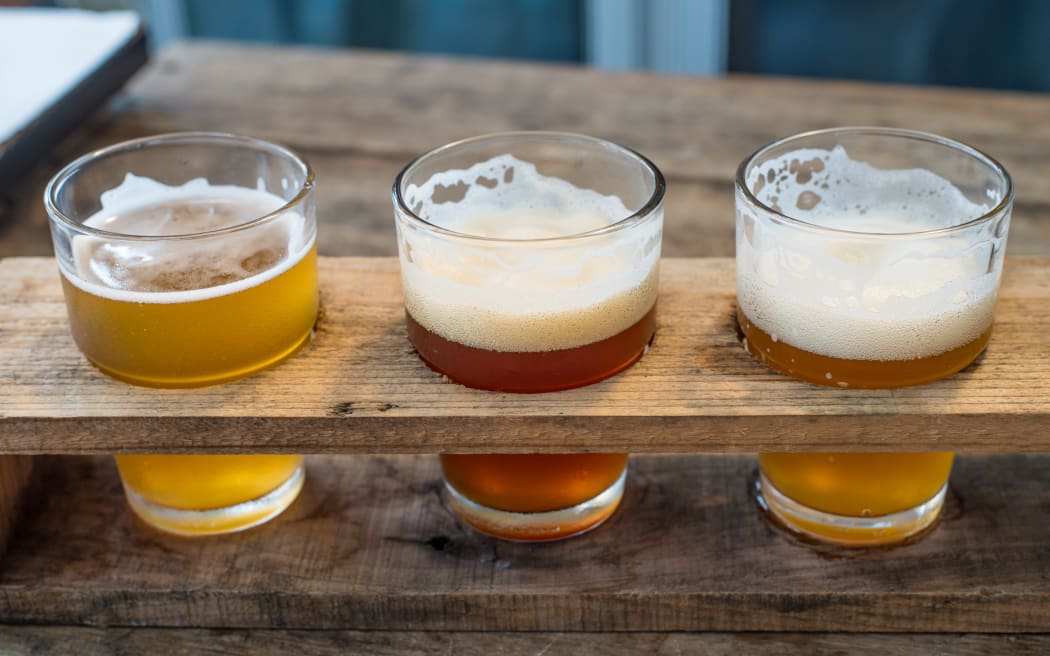
Stock photo. Photo: 123rf.com
Michael Donaldson, editor of the local craft beer magazine Pursuit of Hoppiness, tells The Detail it follows a global trend.
"It's the Covid-19 pandemic, which really hit hospitality hard... Unprecedented inflation, which drives up prices for everything to do with beer, from the ingredients, to the packaging to the freight to the excise tax and then, on top of that, we had the carbon dioxide crisis. At the same time, because of inflation, people are cutting back their spending and craft beer is - for want of a better word - a luxury item.
"The old line is beer is recession-proof – and yes, largely it is – but if you're standing there in the supermarket aisle and you think, 'I haven't got quite as much money as I used to, do I really need that $25 six-pack of craft beer?', you make choices."
Tom Kitchin hears from Donaldson and Ava Nakagawa, general manager of Christchurch craft beer pub Pomeroy's and co-owner of Beer Baroness brewery.
Backsliding in the battle against pest species
"It's a killer cancer. It kills everything in its wake and underneath it. It obliterates all other life."
Those are the words of Sir Grahame Sydney, one of New Zealand's most well-known artists, speaking about the threat of wilding pines.
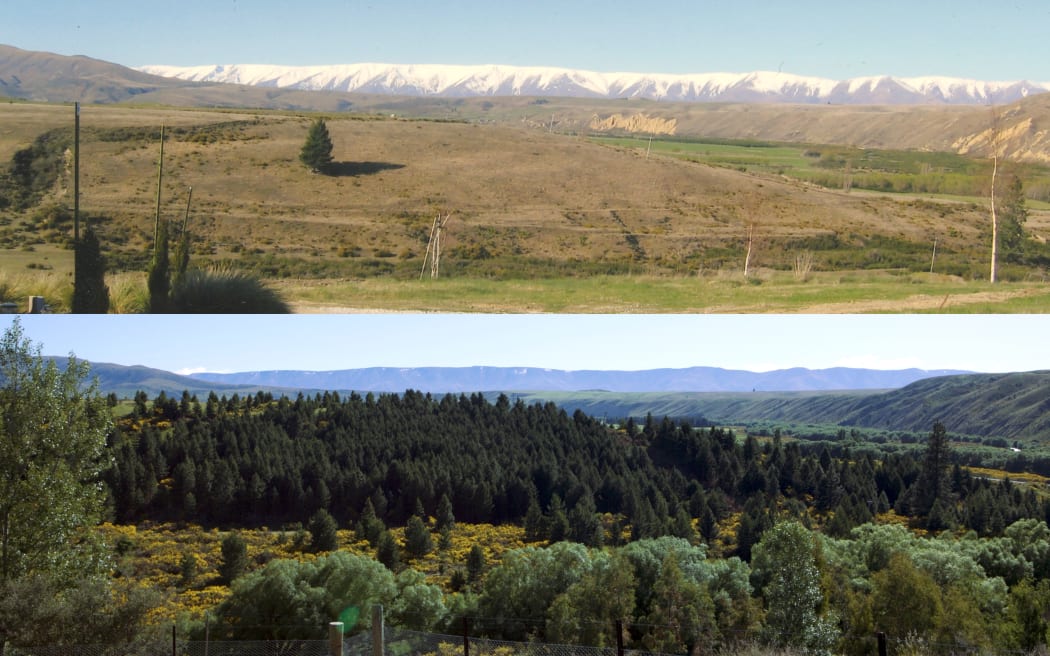
The changing view from Grahame Sydney's Central Otago home, taken 19 years apart. Photo: Grahame Sydney / Supplied
He's speaking to The Detail from his Central Otago home, in the Cambrian Valley near the remote historic gold mining town of St Bathans.
Sydney is best known for his iconic paintings of Central Otago landscapes: the rugged, stark, barren landscapes among the rolling hills.
But he says wilding pines have destroyed much of it, and he can see it first-hand from his home.
Tom Kitchin speaks to Sydney and Forest & Bird's regional conservation manager for Tāmaki Makaurau Carl Morgan about how budget cuts are sending pest-culling efforts backwards up and down the country.
Villa Maria: The dismantling of a legacy
He's been called the godfather of New Zealand wine.
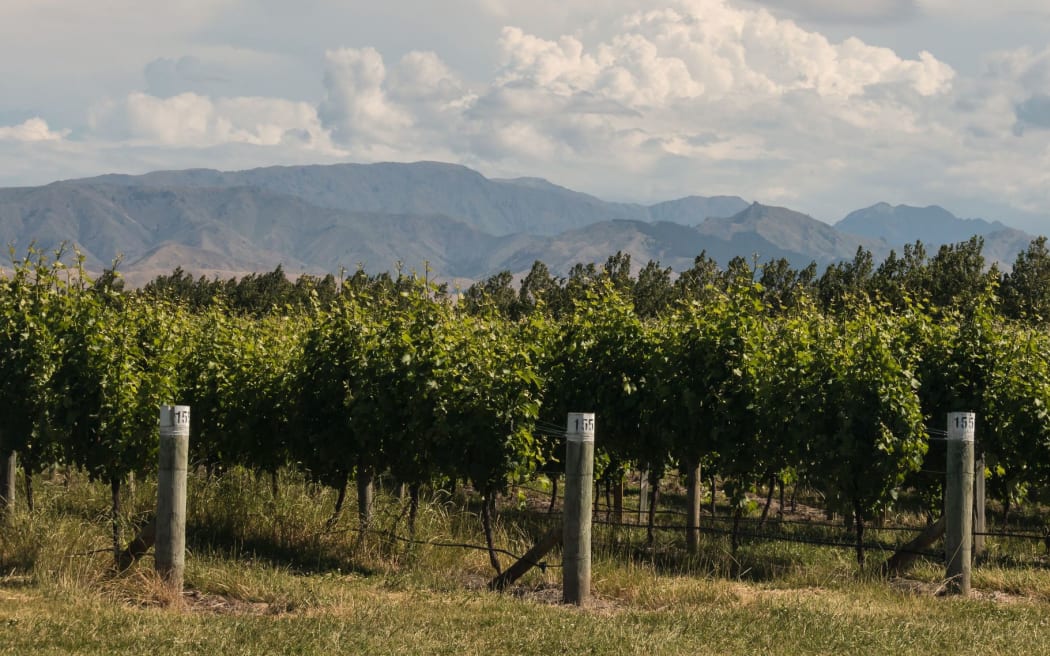
Sir George Fistonich helped build New Zealand's reputation as a winemaking country on the world stage. Photo: 123rf
Knighted for his services to the industry and awarded many times for his successes, Sir George Fistonich, who founded wine label Villa Maria, is still fighting a legal battle over the way the receivership and subsequent sale of the wine business and land was handled.
The saga of Villa Maria wines involves valuable land, an iconic brand, legal action and millions of dollars in dispute.
Sharon Brettkelly speaks to NZ Herald property editor Anne Gibson and Newsroom business reporter Andrew Bevin.
India's high-science, low-cost space programme
India has made history in becoming the first nation to land on the Moon's south pole – and it's a big deal for what is now the world's most populous nation.
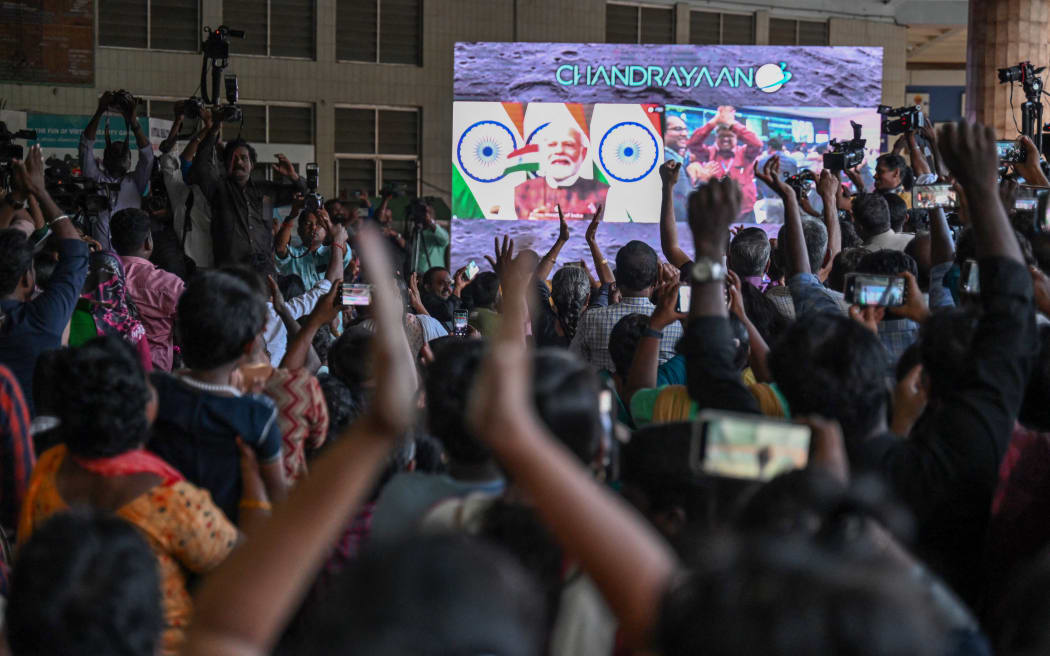
People in Chennai celebrate the successful lunar landing of Chandrayaan-3 spacecraft on the south pole of the moon Photo: AFP
RNZ Asia journalist Gaurav Sharma says the mission is being done for much less than other nations spend on their space programmes.
"When it started in [the] 1960s, India used this phrase: 'high-science, low-cost'. The successful lunar mission that India achieved... the total cost of the entire mission is US$75 million. If you look at a few space-related Hollywood movies like Gravity, the budget was $100 million," Sharma says.
Dr Nick Rattenbury, a senior lecturer in astrophysics at the University of Auckland explains the ins and outs of the mission.
The girl-power economy has arrived
Girl power is having a renaissance.

US singer-songwriter Taylor Swift performs onstage on the first night of her 'Eras Tour' at AT&T Stadium in Arlington, Texas, on 31 March, 2023. Photo: AFP / Suzanne Cordeiro
In the United States, better-than-expected economic performance is being attributed to spending associated with the Barbie movie, as well as recent tours by pop superstars Taylor Swift and Beyonce.
And it's women who are driving that spending, as they head out to movie theatres, buy outfits and accessories, and treat themselves to dinner or drinks.
But can they really keep the US out of recession, as some commentators suggest? And do these trends hold water in New Zealand?
Sarah Robson speaks to Infometrics economist Sabrina Swerdloff, The Spinoff senior writer Alex Casey, Shit You Should Care About co-founder Lucy Blakiston, and YWCA Auckland's Nina Santos.
Long Read: Our renewable power struggle
This is The Detail's Long Read – one in-depth story read by us every weekend.
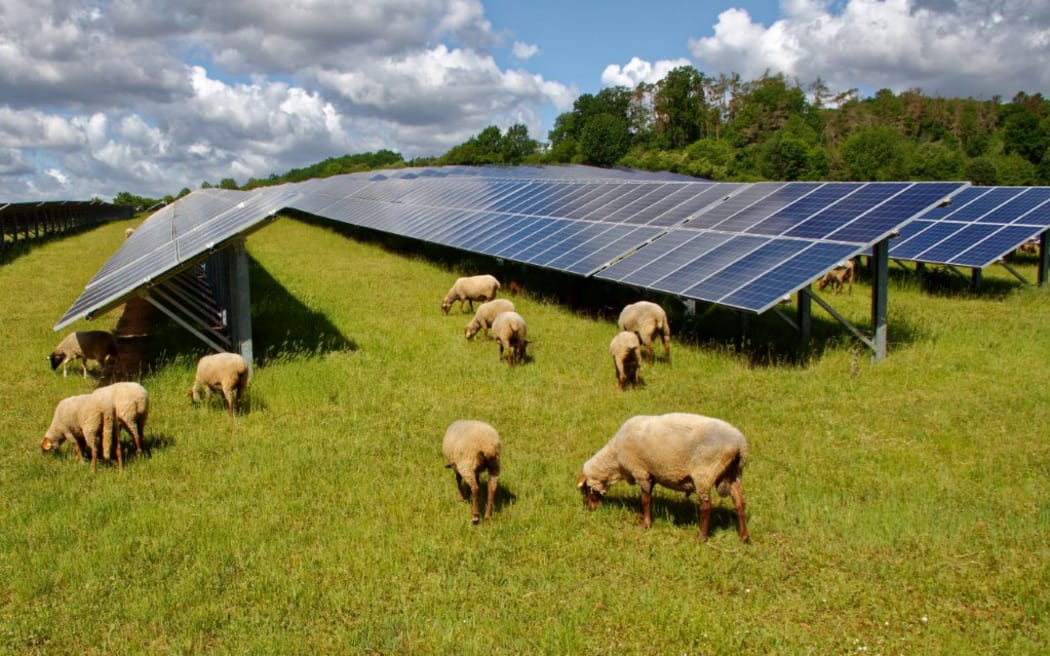
An artist's impression of a proposed solar farm in Waikato, 2022. Photo: Supplied
This week, it's Solar eclipse: Our renewable power struggle, written by George Driver and published in North & South magazine's August issue.
You can read the full story in the August issue, or on the North & South website.
Millions of panels could soon be erected across thousands of hectares of the country as an unprecedented solar-farm boom begins. It’s part of efforts to more than double the country’s power generation by 2050. What do we stand to gain, and what might we lose?
Check out how to listen to and follow The Detail here.
You can also stay up-to-date by liking us on Facebook or following us on Twitter.

Photo:


